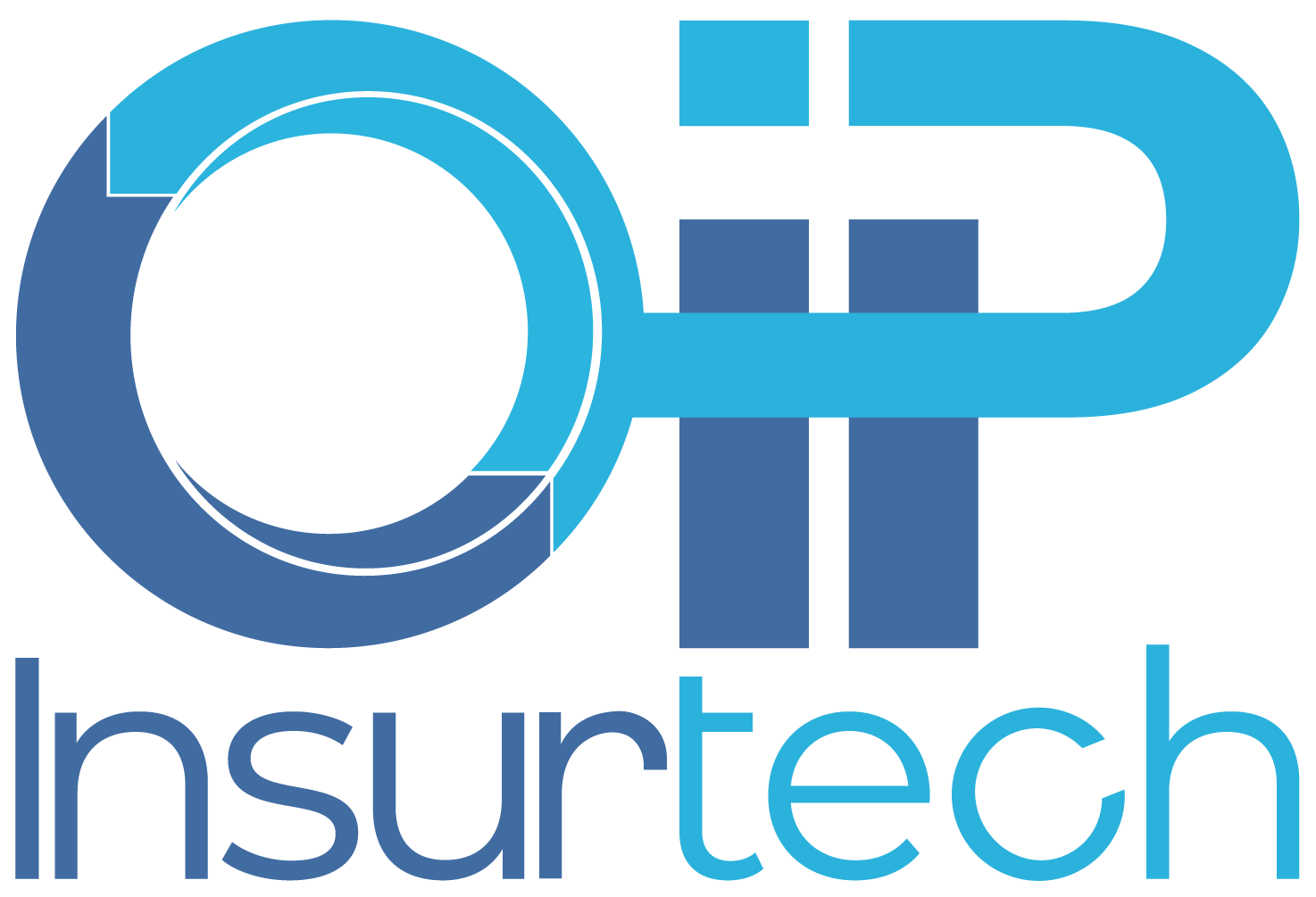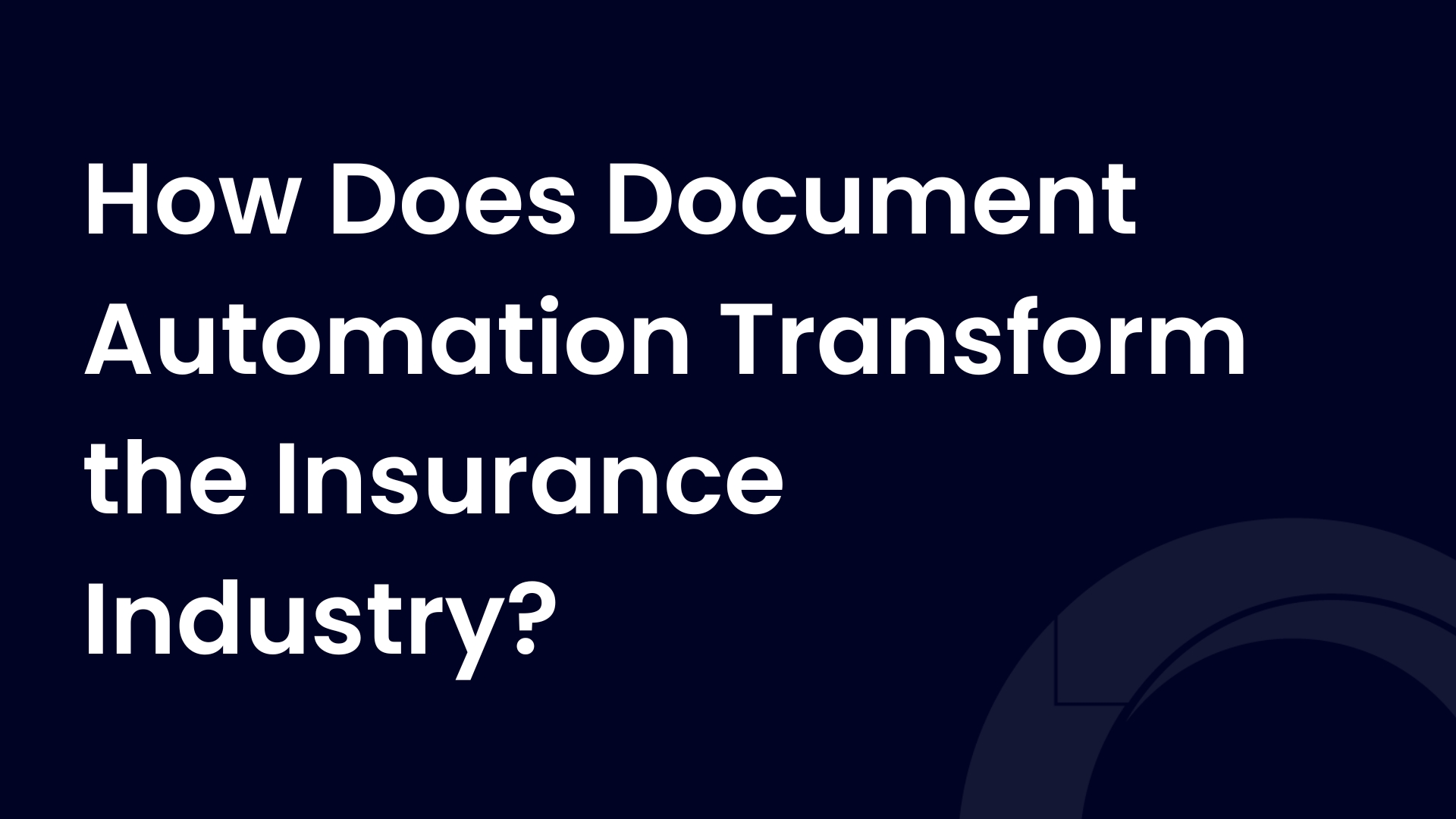How Does Document Automation Transform the Insurance Industry?
In a business built on documentation, insurance companies have long struggled with the sheer volume, variety, and velocity of paperwork. From applications, over quotes, binders, policies, claims, and renewals… the list is endless. Manual processing of these documents isn’t just inefficient; it has become a liability for the industry that has always relied on paperwork.
That’s where insurance document automation comes in handy. It doesn’t just optimize workflows, it completely transforms how insurance businesses operate.
What is Insurance Document Automation?
Insurance Document Automation refers to using AI-powered tools to generate, process, validate, and manage insurance documents, with limited or no human intervention. Generally speaking, document automation transforms manual, repetitive document tasks into streamlined, automated processes that are accurate, fast, and scalable.
Over the past few years, Artificial Intelligence has found its place in insurance and transformed the industry. Many insurance companies have been trying to implement document automation to save time and resources, reduce errors, and prevent data loss. Legacy systems are being replaced by cloud-based systems, due to their downsides such as high maintenance costs, common data loss, workflow interruption, etc.
AI in the insurance industry enables companies to easily organize and access their data. Insurance document automation tools are usually designed to be integrated with the existing system, allowing you to pull data from any internal source quickly and easily.
5 Types of Document Automation
Document automation is not a single solution for everybody. It covers multiple layers of automation depending on the type of document, the complexity of the workflow, and the level of intelligence required. Although the categories might differ depending on the industry, overall, there are five types of document automation.
- Document Generation
Document generation automation is the process of automatically creating documents using templates populated with data. Document generation auto-generates quotes, binders, policies, and endorsements in the insurance industry. These systems use templates with dynamic fields that pull in data, such as named insured, addresses, premium, exposure basis, etc.
- Document Assembly Automation
Document assembly is based on assembling a document from several input components. Document assembly automation is typically used for complex documents, such as legal documents or policies. In the insurance industry, the complex documents refer to insurance policies, clauses, state wordings, and other underwriting documentation.
- Template-Based Automation
Template-based automation creates, manages, and distributes templates for commonly used documents. The user only needs to input a few key variables, and the system will handle the rest. A significant advantage of this type of automation is the possibility for non-technical teams to create and access advanced documentation.
- Document Workflow Automation
Document Workflow Automation focuses on the entire document lifecycle, from creation to distribution. Workflow automation uses AI to manage how documents move through teams, approvals, and systems. Document workflow automation can redirect emails and requests to relevant departments, escalate documents for approval, or trigger compliance review when needed.
- Data Extraction Automation
Data Extraction Automation turns unstructured content into structured data by using AI. Many documents customers submit can be poorly scanned, handwritten, or right-side up and upside down. Data Extraction Automation extracts information from the scanned PDF and pulls it into your internal system for further processing.

How is AI used in the insurance industry?
AI is completely reshaping the insurance industry, and it’s just getting started. AI reduces manual effort, meets turnaround times, and allows experts to focus on their expertise instead of paperwork. Different AI tools and software can contribute throughout the whole policy lifecycle.
The above-mentioned types of data automation are helpful for different phases of the insurance process. Some businesses start with one, while others implement multiple types of automation at once.
In many industries, AI has been overused in the past few years and applied to problems it doesn’t actually solve. On the other hand, the insurance industry has been slow to implement AI, mainly because it is a high-risk industry with legacy systems. Lately, insurers have slowly adapted and accepted AI solutions, as they have many advantages over traditional practices. If you still haven’t implemented AI into your business, don’t worry, you’re not late; now is the right time for it.
How Can Insurers Benefit from Data Automation?
Data Automation has proven to be one of the most beneficial life hacks for the insurance industry. If you’d like to know more about what’s holding the insurance industry back and how to overcome those challenges, download our whitepaper here.
Back to the benefits of data automation, document generation and Template-based Automation are useful for tasks with sensitive turnaround times, as they reduce manual effort and save time. Document Assembly allows insurers and underwriters to create and deliver complex documents without spending hours on it. The benefit of workflow automation is that it speeds up and tracks all operations in the insurance industry, as the route of the document is easily traceable. Data Extraction is beneficial in the insurance industry, as it completely replaces manual data entry when processing submissions. The software handles time-sensitive tasks in just a few moments, without losing accuracy.

Bound AI is a product designed to help insurance companies achieve their desired results in Submission Ingestion. With time-sensitive tasks like submissions, having the right tools and delivering a quote to your customer in the appropriate time frame is crucial. The sooner you process a submission, the sooner they get a quote. Book a free demo session here to learn more about Bound AI and its functions.
The Bottom Line
Document automation is slowly switching from a nice addition to a must-have. Each type of automation solves a unique challenge from generation to extraction and contributes to a faster, more innovative, and more scalable workflow. As the industry shifts toward AI-driven efficiency, those who embrace document automation will gain a significant edge in speed, accuracy, and customer service.
Whether handling thousands of submissions or managing complex policy documentation, automating your document processes isn’t just about keeping up anymore, but also about leading the way forward. AI will only be present even more as time goes on, and the sooner you implement it and take advantage of it, the better it will be for your business.

